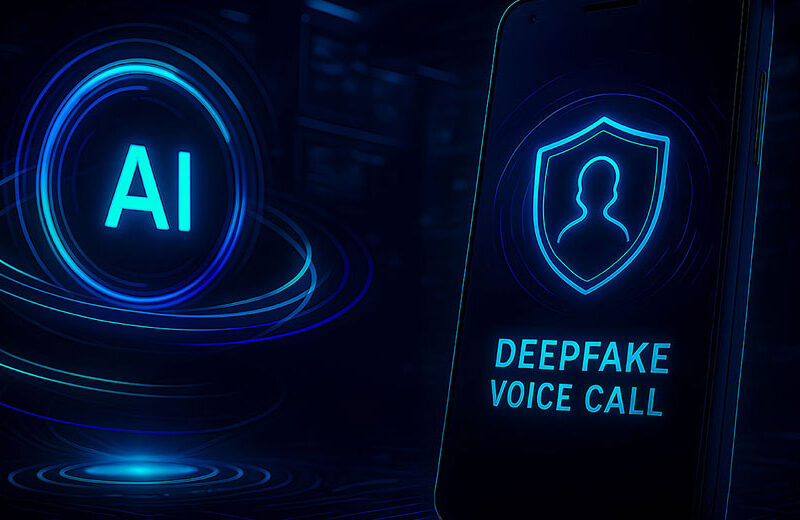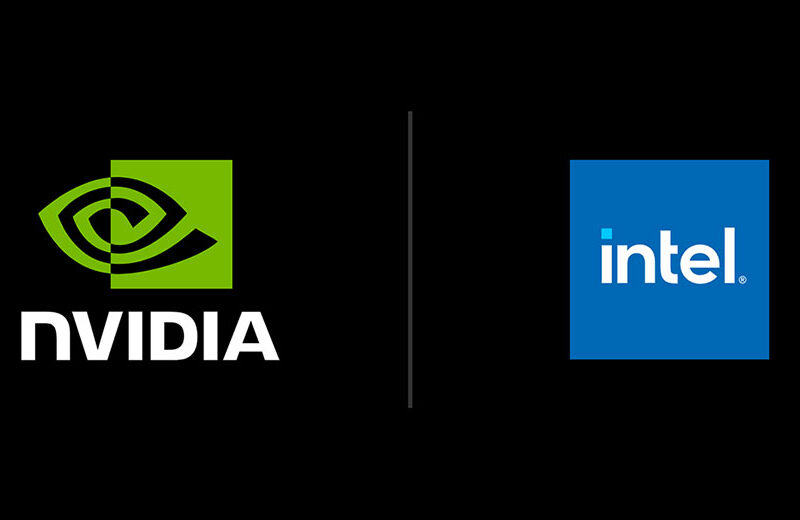Redwood Energy Aims To Power AI Data Centers With Used EV Batteries

A leader in the EV battery recycling business has announced a new use for those batteries: powering AI data centers.
Redwood Materials has launched Redwood Energy, which will use used EV batteries to store power from solar arrays. That power can then be used to power the data centers of Redwood’s partner in the project, Crusoe, a firm best known for its large-scale data center campus in Abilene, Texas.
Redwood Materials collects over 20 GWh of batteries annually — the equivalent of 250,000 EVs — representing about 90% of all lithium-ion batteries and battery materials recycled in North America. During its collection efforts, the company has discovered that many of the batteries it recovers still have a significant amount of life left in them — with more than 50% of their capacity remaining. The Redwood Energy project aims to put those batteries to productive use.
“While those batteries could certainly be recycled, it makes more sense to put them to second-life uses for as long as possible, since producing a new battery takes more energy than continuing to use an old one,” Sam Abuelsamid, vice president of market research at Telemetry Insights, a Detroit-based transportation research and advisory company, explained in a company podcast.
Battery energy storage is a commodity on the grid, the company explained on its website. It doesn’t matter how you store a kilowatt-hour, only that it’s reliable and cost-effective. Redwood saw a clear opportunity to reduce energy storage costs by repurposing depreciated but functional EV battery packs before recycling.
Rather than building new storage systems, the company explained that it plans to extend the value of existing ones — improving material use, reducing costs, and bridging the gap between recovery and recycling. Redwood Energy technology enables EV batteries that no longer meet vehicle demands to perform well in stationary storage, with slower discharge and partial capacity. These systems cost substantially less than new lithium-ion storage projects.
Demand Fueled by Big Beautiful Bill
Abuelsamid noted that Redwood is leveraging its existing logistics network to collect end-of-life EV batteries, test them, and then integrate them into a system that can utilize packs from multiple automakers and mixed chemistries.
“Once the packs reach the end of their useful life for storage,” he said, “Redwood can recycle them to recover the materials and put them back into the production stream for new cells.
With EV credits set to expire at the end of September due to the “Big Beautiful Bill,” Abuelsamid expects more companies to look to leverage both new and used batteries for energy storage systems.
“It’s still early days, but Redwood Materials is well-positioned to take advantage of the new energy renewable future with both ‘second-life’ applications, as well as battery recycling,” added Edward Sanchez, a senior analyst in the automotive practice of TechInsights, a global technology intelligence company.
“Future-focused companies are looking beyond the current administration’s ‘drill baby drill’ rhetoric, and what actually pencils out economically, and is sustainable ecologically and financially, irrespective of political pressures,” he told TechNewsWorld. “Data centers are huge consumers of power, and battery storage will be a critical component of enabling AI applications without significant adverse environmental impact.”
Performance Concerns With Used Batteries
However, there’s a non-trivial catch to using used batteries. “Used batteries don’t perform exactly like new ones, and there can be variability in how they degrade, so companies will need to feel confident the system is reliable and safe at scale,” said Mark N. Vena, president and principal analyst at SmartTech Research in Las Vegas.
“Big tech companies tend to be very cautious, especially when uptime is everything,” he told TechNewsWorld. “But sustainability is a huge focus now, and if Redwood can prove this model works, some early adopters will take the leap. It’ll come down to performance, cost, and whether they can build trust in the product.”
Companies need to be educated about the capacity and longevity of the batteries, asserted Rob Enderle, president and principal analyst of the Enderle Group, an advisory services firm in Bend, Ore. “This has been going on for several years, and we now have decent data on how well these batteries hold up,” he told TechNewsWorld.
“They hold up surprisingly well because these batteries are in far friendlier environments than they were in cars and trucks,” he continued. “Lithium-ion batteries don’t like temperatures outside of human comfort zones and are more sheltered in industrial applications than in vehicles.”
What’s more, Redwood’s system is designed to address potential performance issues with used batteries.
“Since the system is built as an array, batteries whose performance is declining can be hot-swapped with no downtime. In other words, from a performance standpoint, Redwood’s solution should perform on par with a new solution,” Gene Munster, managing partner of Deepwater Asset Management, a venture capital firm in Minneapolis, wrote in a research note at the company’s website.
AI Data Centers Strain Power Infrastructure
Munster noted that energy demand from data centers, especially AI clusters, is skyrocketing.
“We project that U.S. data centers could triple their electricity usage to as much as 12% of the nation’s demand by 2028, up from about 5% today,” he wrote. “The problem is conventional power infrastructure isn’t keeping up. Setting up new grid connections or power plant capacity can take years, and traditional grid expansion alone won’t meet the upcoming demand.”
“New data centers are increasing in size so dramatically that the grid cannot keep up,” said Allan Schurr, chief commercial officer at Enchanted Rock, provider of natural gas-powered microgrids, in Houston.
“Three years ago, a large data center was 60 megawatts, enough power to supply 20,000 homes,” he told TechNewsWorld, “but new data centers to support all the uses of artificial intelligence are requesting 500 megawatts or more. This rapid growth in electricity use is on top of new demand from manufacturing and electrification of transportation.”
The core issue is the timeline mismatch between data centers and the power grid, contended Wyatt Mayham, head of AI consulting at Northwest AI Consulting, a global provider of AI consulting services. “Data centers go up in 18 months, but transmission infrastructure takes five to 10 years to plan, permit, and build,” he told TechNewsWorld.
“Many of the U.S.A.’s grids are decades old and were never designed for this kind of concentrated demand,” he said.
Munster points out that speed is one of Redwood’s big advantages. “It took about four months to build the largest second-life battery deployment in the world, which is generating a small amount of revenue,” he wrote. “The key is that by using reclaimed batteries, the storage systems come at about half the cost of brand new lithium-ion battery projects and can be deployed in about half the time.”
“The next hurdle,” he added, “is getting big tech providers comfortable with the idea that using used batteries is just as good as using new ones.”



